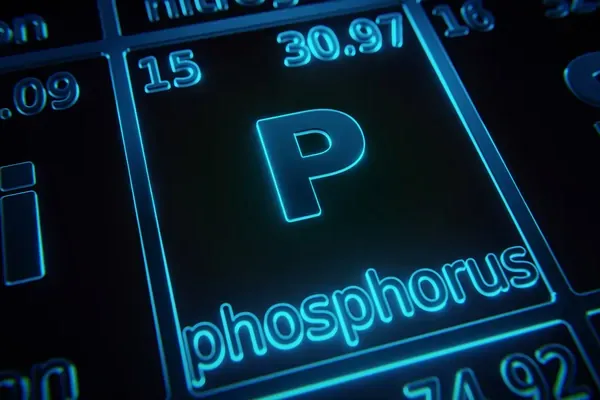Kevin Hoy Models Phosphorus Spectra for Extraterrestrial Biosignatures

Recent graduate Kevin Hoy makes "Newsworthy Talks" for his talk on Modeling Phosphorus Spectra for Extraterrestrial Biosignatures at the 53rd Annual Meeting of the American Physical Society’s Division of Atomic, Molecular and Optical Physics (DAMOP) where scientists from around the world will present new findings on atoms, simple molecules, electrons, and light. Advised by Drs. Sultana Nahar and Anil Pradhan.
Phosphorus, a key ingredient in DNA, is one potential biosignature that researchers look for when searching the cosmos for signs of extraterrestrial life. Here, astrophysicists share a line ratio emission model they constructed to calculate spectra of singly ionized phosphorus. The analysis could help determine what types of phosphorus signal that planets have biological perquisites or signs of life when detected in space. Being the ``backbone'' element of DNA, Phosphorus is a key element in the search for life in the Universe. To aid in the future search for Phosphorus in star-forming regions and thereby in exoplanets, we have constructed a line ratios emission model for PII. This low ionization state is likely to exist in gaseous nebulae with stellar formation and in exoplanetary atmospheres if those atmospheres contain any significant amount of P. There are also 3 primary lines among the fine-structure 3s23p2 transitions in the PII emission spectrum that we are particularly interested in: 3P2→3P0 at 21 μm, 3P2→3P1 at 33 μm, and 3P1→3P0 at 60 μm. Collision strengths for these transitions have been newly calculated and compared the results of Tayal (2004). This level of ionization and especially useful lines make this specific ion especially useful in the search for DNA-based life in the universe. Our results have been found and verified against each other using two versions of the code SPECTRA: The original Fortran version, which has proven accurate and reliable, and a new, modernized C++ version that incorporates the process of electron-ion recombination in its calculations, further improving the code’s accuracy.
